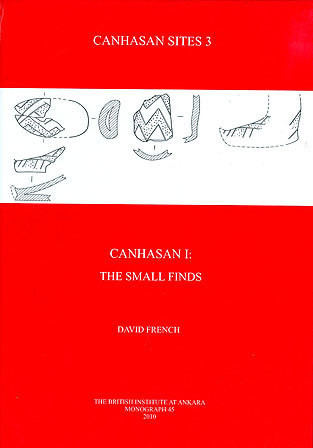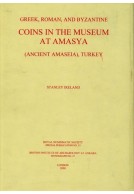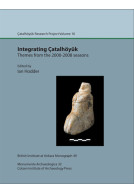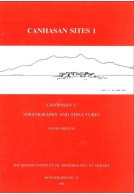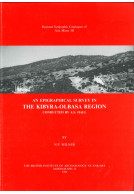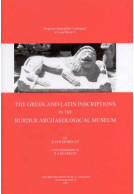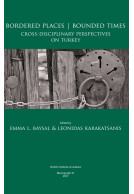Canhasan Sites 3 (Hardback)
Imprint: British Institute at Ankara
Pages: 210
ISBN: 9781898249245
Published: 15th November 2010
Script Academic & Professional
Pages: 210
ISBN: 9781898249245
Published: 15th November 2010
Script Academic & Professional
You'll be £14.95 closer to your next £10.00 credit when you purchase Canhasan Sites 3. What's this?
+£4.99 UK Delivery or free UK delivery if order is over £40
(click here for international delivery rates)
Need a currency converter? Check XE.com for live rates
(click here for international delivery rates)
Need a currency converter? Check XE.com for live rates
This volume, the third in the series of reports on the excavations carried out at the Canhasan I mound in south-central Anatolia in the years 1961-1968, follows the publication of the stratification and structures (Canhasan Sites 1) and of the pottery (Canhasan Sites 2). Here, the primary aim is to present a descriptive account and catalogue of the registered small-finds. The small-finds have been grouped, described and then illustrated according to material, e.g., clay, stone, bone. The separation into discrete groups and the description of individual objects have both been deliberately simplified, the intention being to provide (where possible chronologically) an orderly arrangement from which those interested are able to scan and note the range of materials and, if they wish, to take up relevant aspects or indeed to inspect the objects for further study and research. The location of the site at Canhasan is set unequivocally between East and West, close to, if not on, a major land route from the Near East to the Aegean and to Europe. Inevitably, in this geographical context, some materials, such as obsidian and copper, will catch the eye. These have a utilitarian purpose and introduce the factor of distance between source and Canhasan. One object, however, - an ivory bracelet - not only emphasises, by its presence at Canhasan, the distant source of the material but points directly to the nature and dynamics of trade/transfer/exchange in the 6th millennium. The bracelet documents the role of personal display and human vanity as an incentive for material acquisition.
Other titles in British Institute at Ankara...







